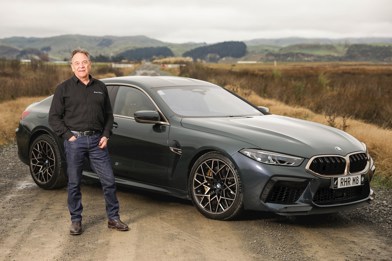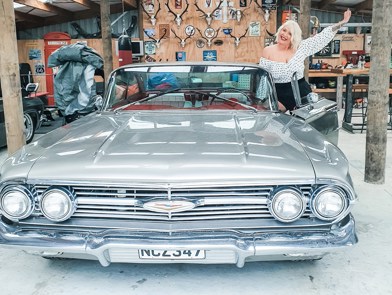While utes continue to lay waste to New Zealand's monthly registration data, it boggles the mind that the majority of buyers continue to ignore anything that doesn't come with a Toyota or Ford badge glued to the front.
Not to say that there's anything inherently wrong about either offering, but there are so many other options out there. Some are better value, some are better looking, but few are quite as oddly compelling as the enormous SsangYong Rhino XL.
We like the Rhino. It impressed us at launch and during our extended road test earlier in the year. Now the ambitious South Korean brand has added a long-bed version called the XL, which means it bookends the double-cab segment for both the shortest ute bed and the longest.
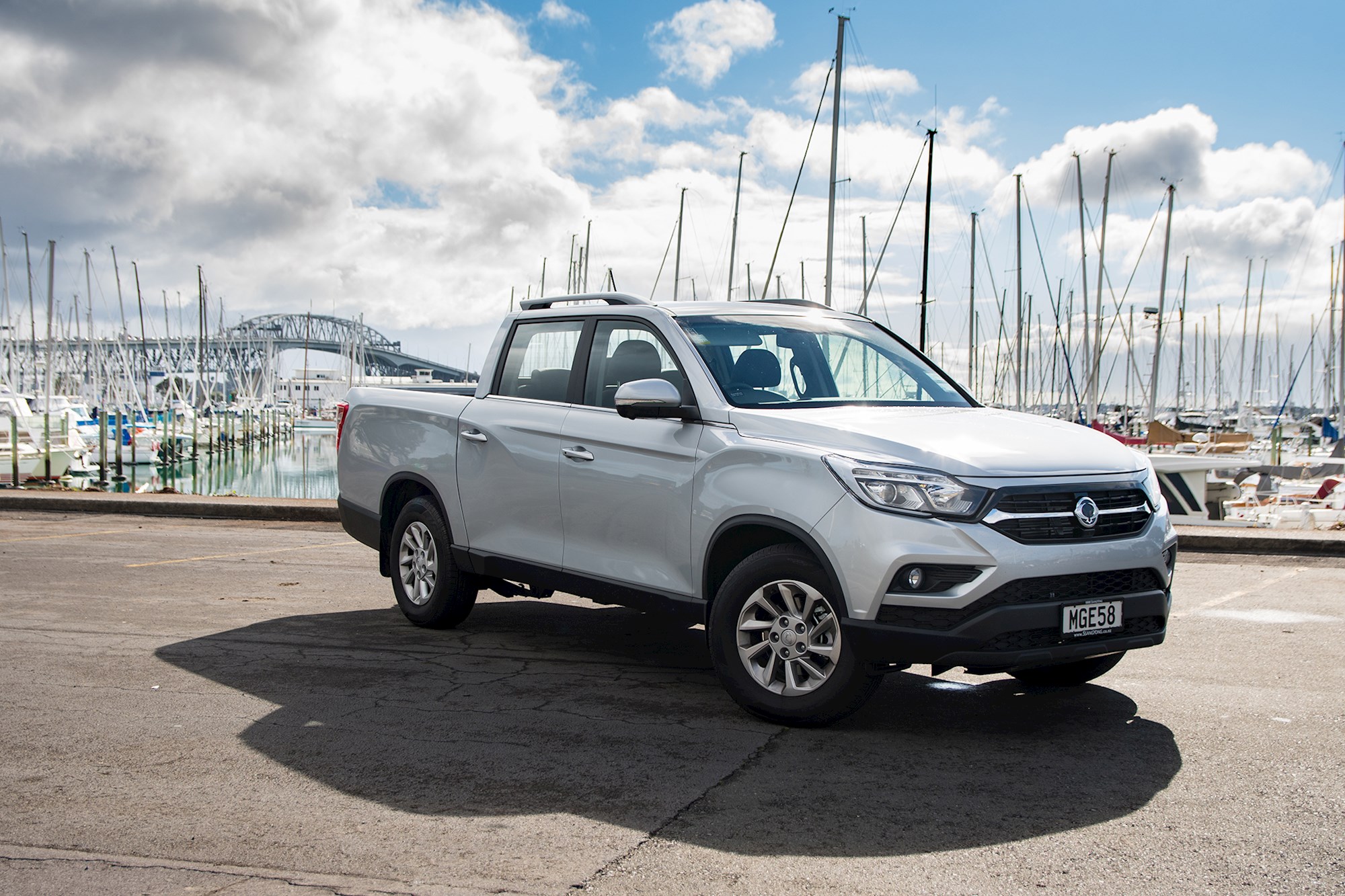
What helped add breadth and depth to our look at the football field–sized pick-up was the ability to test both the entry-level $36,788 2WD petrol automatic (red) and the top-spec $52,313 4WD diesel SPR (silver). For those keeping track, that's a premium of less than $3000 over the standard, snub-bedded model. Not bad at all.
The size of the elongated tray cannot be underestimated, and can really only be appreciated when the XL parks up next to any of the mainstream rivals. It's 1610mm long and 1570mm wide with a 1060kg payload — the largest in class and 300mm longer than in regulation Rhinos. That's 'only' 100mm more than what you get in a Ranger, but it's further complimented by one of the tallest, deepest wellsides in the segment.
For those who read our March Rhino road test, there are plenty of familiar elements at play in these longer models. The cabins continue to look and feel surprisingly well put together, with impressive equipment levels and detailing present. Hard plastics on the door cards and transmission tunnel are counteracted by pleasant switch-gear, soft-touch surfaces all over the dashboard, and the SPR's excellent Nappa leather seating.
All models come with cruise control, hill-descent control, and steering wheel controls, while the SPR gains heated and cooled front seats with electric adjustment, plus a 360-degree camera. It's one of the best cameras of its kind in a sub-$60k car — although it's somewhat let down by a scattershot and fiddly infotainment system.
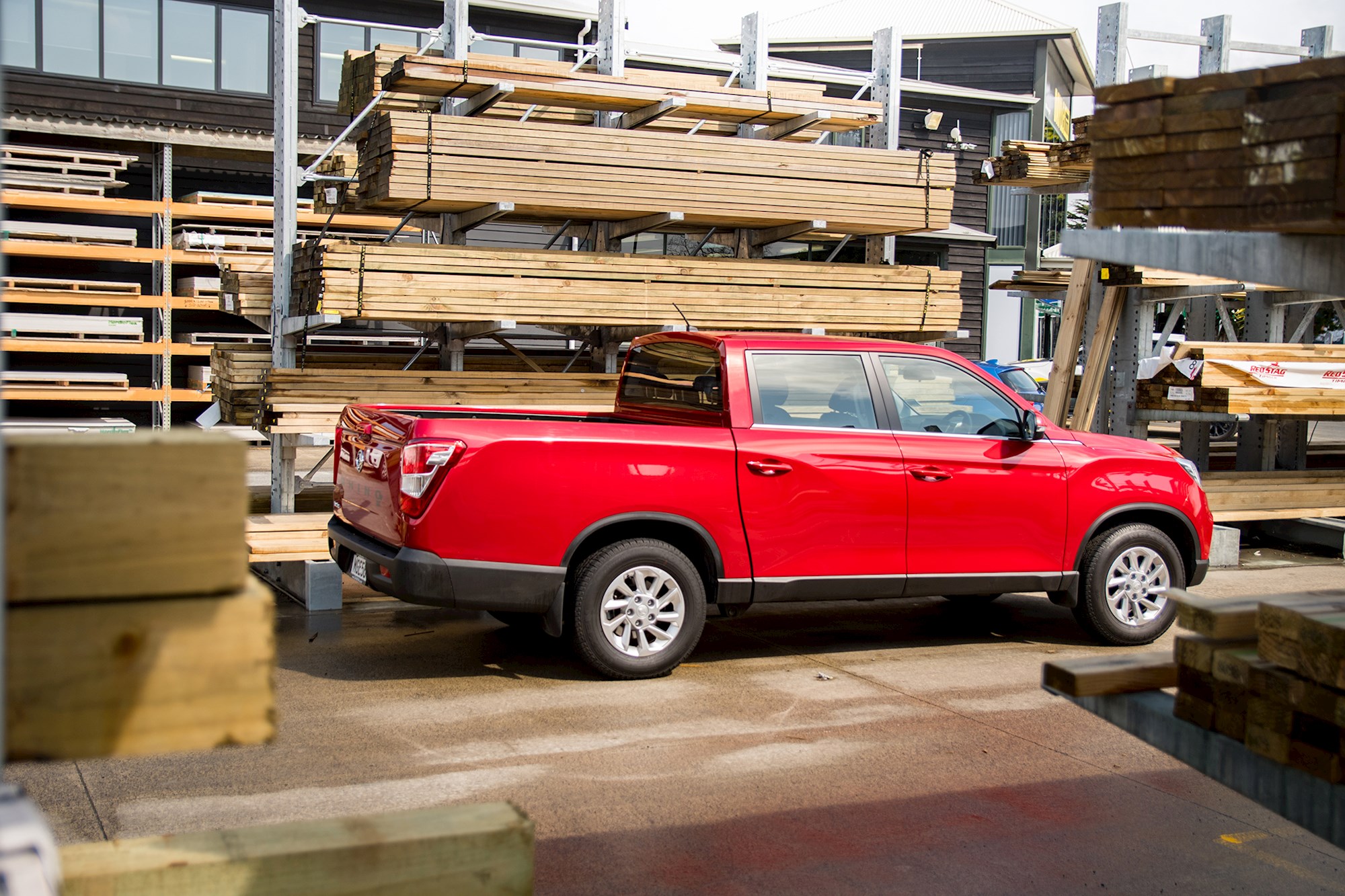
The wheelbase between models grows by 110mm to 3210mm — longer than a Toyota Hilux but slightly shorter than a Ford Ranger. Not that it necessarily feels it, however, given that the Rhino's back seats offer much more knee room, leg room, and recline than the Ford. And in the SPR those back seats are heated, too.
Yes, as we said back in March the Rhino is one of the best utes in class for passengers. That hasn't changed — although it's still a big shame to see a lap-belt for the fifth passenger instead of a much safer three-point belt. And again, we point out that only the SPR gets side airbags and curtain airbags as standard.
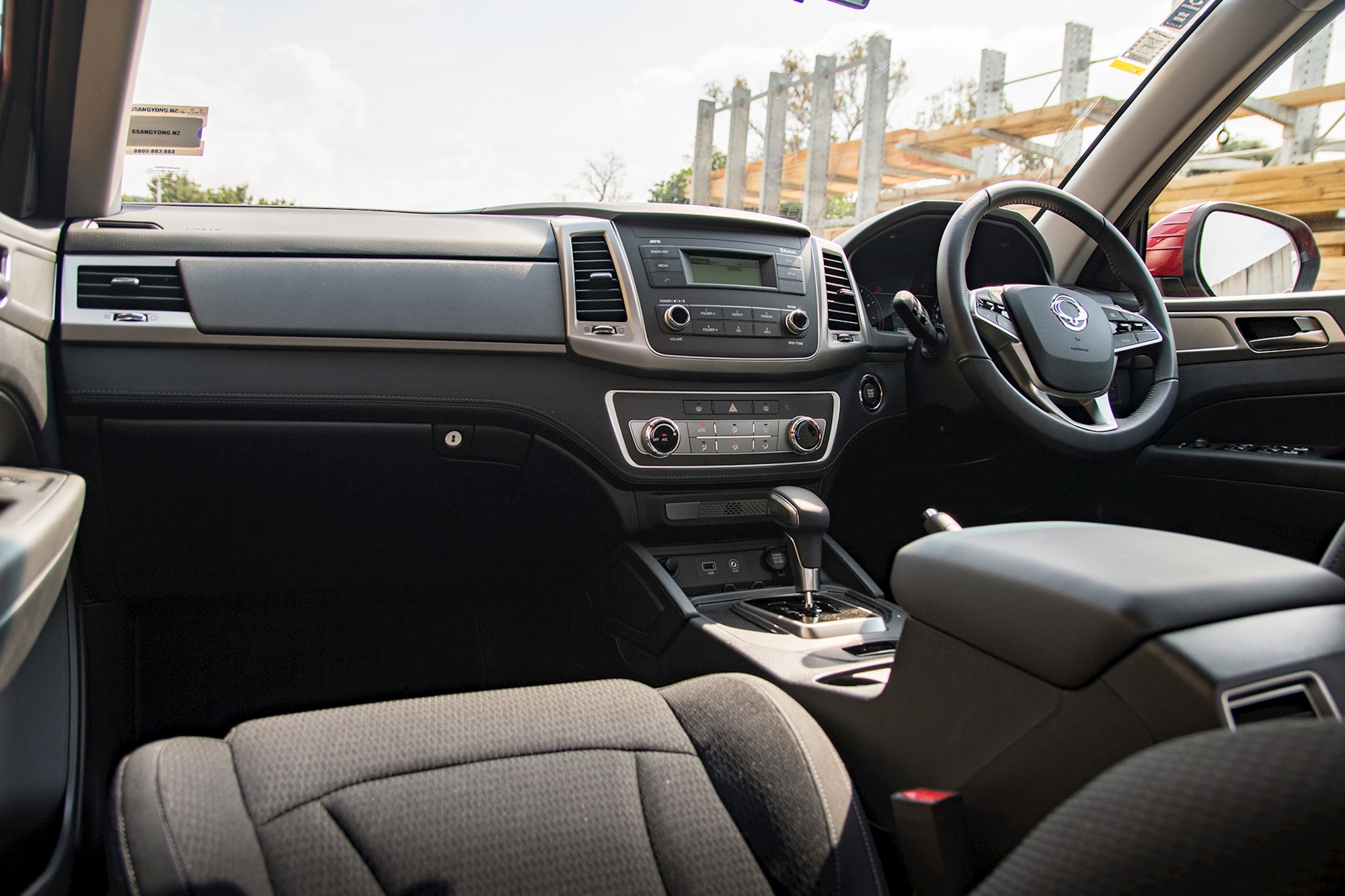
The turbocharged 2.2-litre diesel in the SPR is also something we're well familiar with. It makes 133kW/420Nm and in our travels it averaged around 11L/100km (one litre per 100km more than the standard Rhino). Performance is surprisingly good given the numbers on paper, but its best attributes are its smoothness and relative silence. It remains one of the most refined-feeling diesels I've driven.
However, this test was our first proper play with the 2-litre four-cylinder petrol engines found in base variants of the Rhino. Like the diesel, the petrol engine feels smooth and refined. Unsurprisingly it has less down-low punch than the diesel, and it needs to be revved out more to get the most out of it. But, the 165kW/350Nm unit is a pleasant companion all the same.
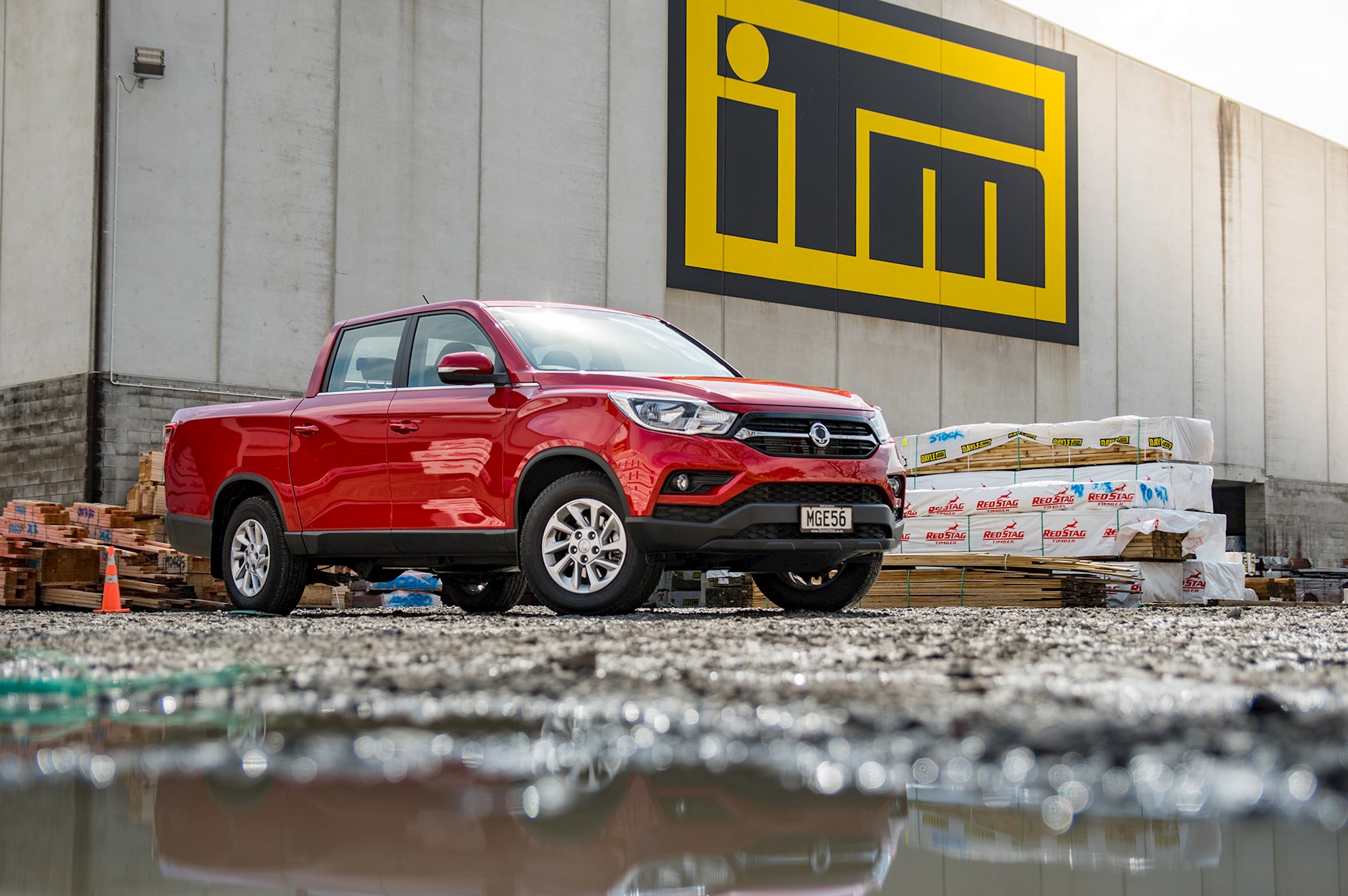
Perhaps its biggest vice is that it's only available in 2WD base models. It's also less of a workhorse, with a reduced 2.8-tonne towing capacity to the 4WD diesel's 3.5-tonne.
Regardless of what model you get, the Rhino is a commendable drive. The steering has a good weight to it, and all-round visibility is vast. It's quiet too, with NVH levels that would put plenty of its more fancied competition to shame. It's only when we get to how it rides that things get a little interesting.
To cope with the additional weight of the Rhino XL's extended bed and longer wheelbase, SsangYong have swapped out the standard five-link coil-sprung rear suspension set-up from the Rexton for a heartier leaf-spring set-up.
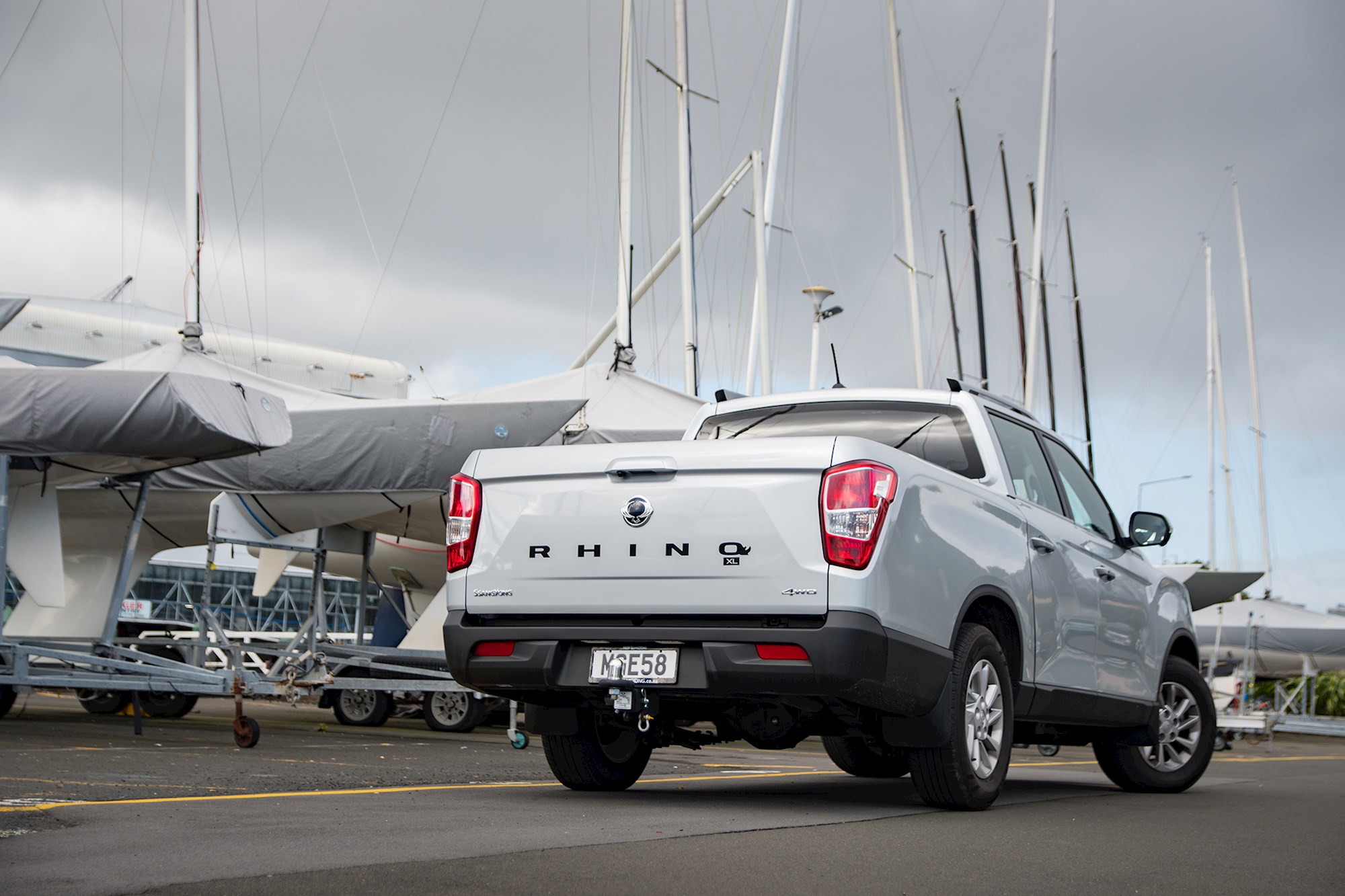
This makes the XL a more confident load-lugging device than smaller models. You'd expect handling and ride-quality (the latter in particular) to take a dive, but that's not actually the case.
You can certainly feel more bounce and rebound with the XL's leaf-spring rear end, but it's not nearly as rock hard as a Toyota Hilux. Instead it remains rather comfy and pleasant when unladen. Thankfully the 20in wheels from the SWB SPR disappear from the XL, otherwise we might be telling a different story.
The Rhino undoubtedly has its oddities and drawbacks, but they're growing increasingly few. Believe it or not, the not-so-plucky XL is one of the most comprehensive utes on the market with a sharp price to boot.
It still flies 'under the radar' somewhat, but potentially for long.
Click here to view SsangYongs for sale on Driven



















